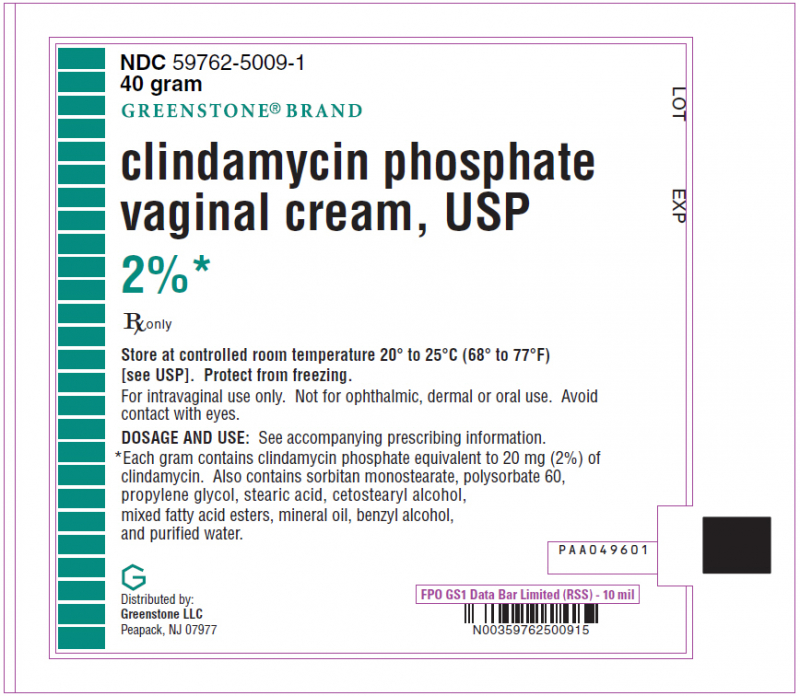Types
Clindamycin comes in four different forms: injectable, intravaginal, oral, and topical.
Injectable
- clindamycin phosphate injection 6 mg/ml
- clindamycin phosphate injection 12 mg/ml
- clindamycin phosphate injection 12 mg/ml
- clindamycin phosphate injection 12 mg/ml
Intravaginal
- Cleocin cream 2%
- Cleocin suppository100 mg
Oral
- clindamycin capsule 75 mg
- clindamycin capsule 150 mg
- clindamycin capsule 300 mg
- clindamycin palmitate hydrochloride granules 75 mg/5 ml
Topical
- Evoclin foam 1%
- Clindagel 1%
- Cleocin T lotion10 mg/ml
- clindamycin phosphate solution 1%
Dosage for capsules
The dosages for clindamycin capsules for adults are:
- for serious infections, 150–300 mg every 6 hours
- for more severe infections, 300–450 mg every 6 hours
The dosages for children who can swallow capsules are:
- for serious infections, 8–16 mg per kilogram (mg/kg) per day, divided into three or four equal doses
- for more severe infections, 16–20 mg/kg per day, divided into three or four equal doses
Dosage for suppositories
One suppository pill contains 100 mg of clindamycin. People can use this form once daily at bedtime for 3 consecutive nights.
Dosage for topical gels and lotions
Doctors prescribe Clindagel 1% to be applied once daily to the affected area.
Dosage for injectable clindamycin
Infants (younger than 1 month old):
- 15–20 mg/kg per day in 3 or 4 equal doses
Children and adolescents (ages 1 month to 16 years):
- 20–40 mg/kg per day in 3 or 4 equal doses
People older than 16 years:
- 600–1,200 mg per day in 2, 3, or 4 equal doses
- for more severe infections:1,200–2,700 mg per day in 2, 3, or 4 equal doses
- for life-threatening infections: up to 4,800 mg per day









